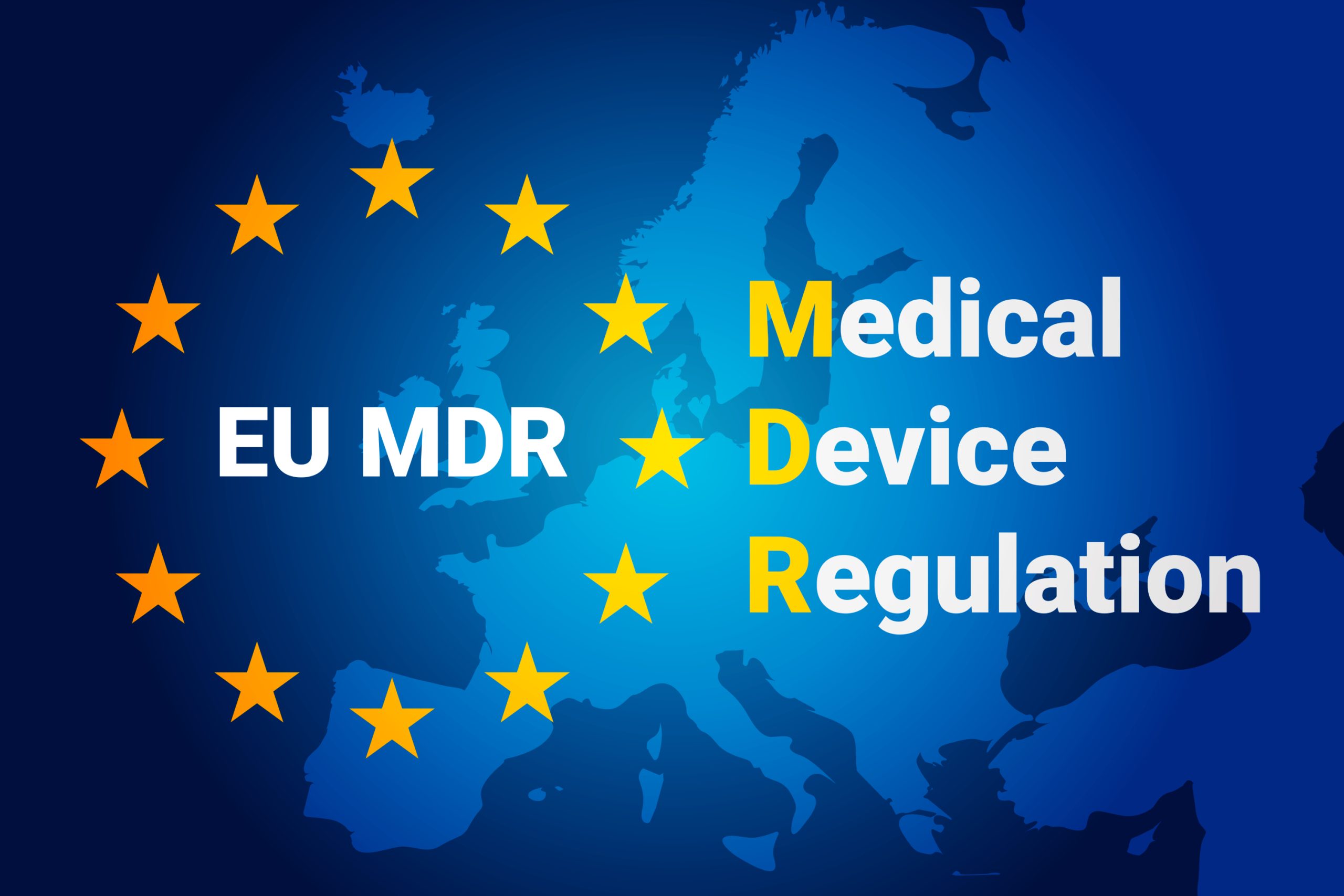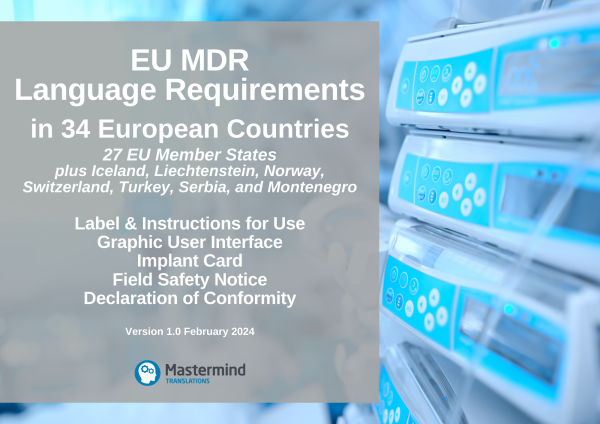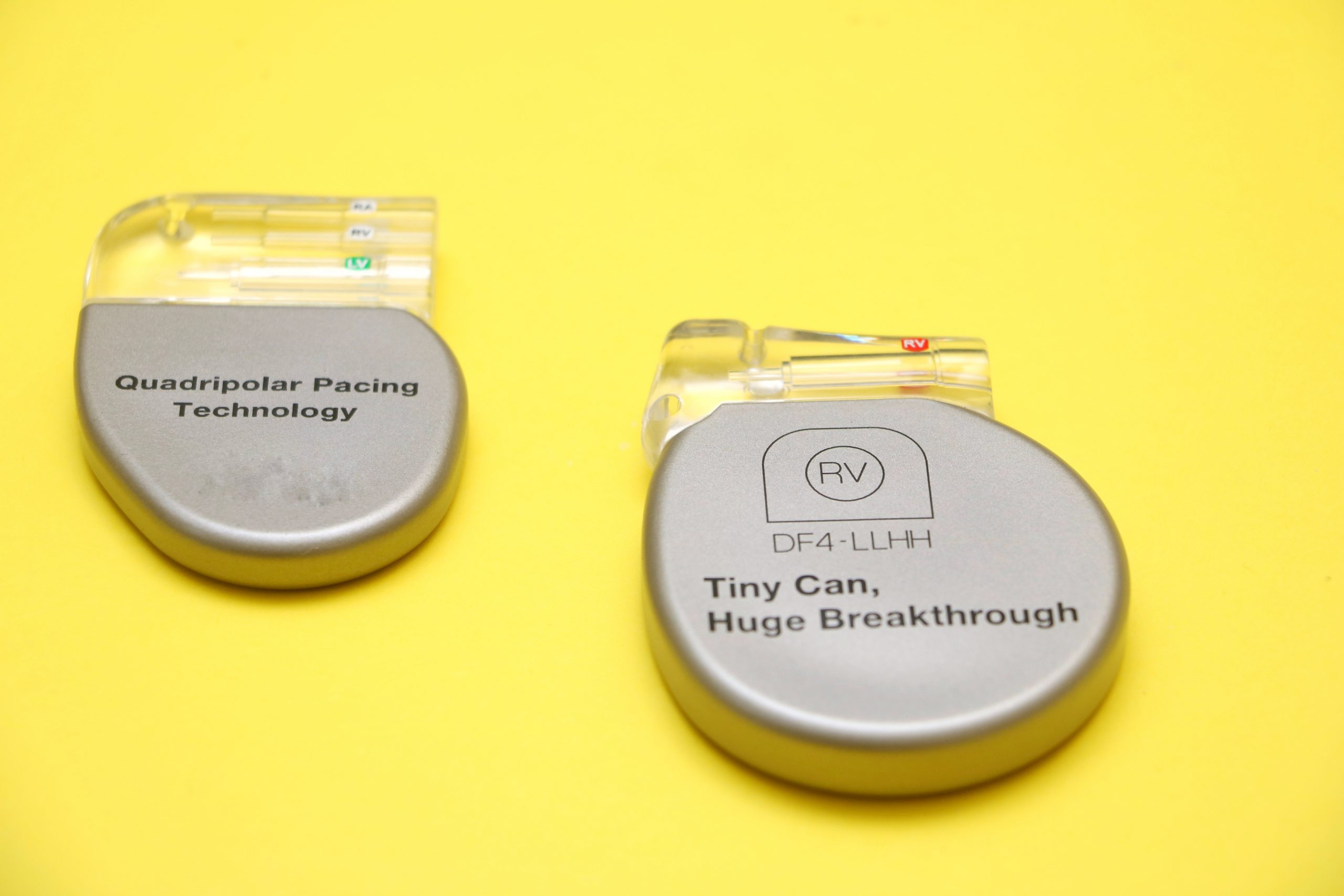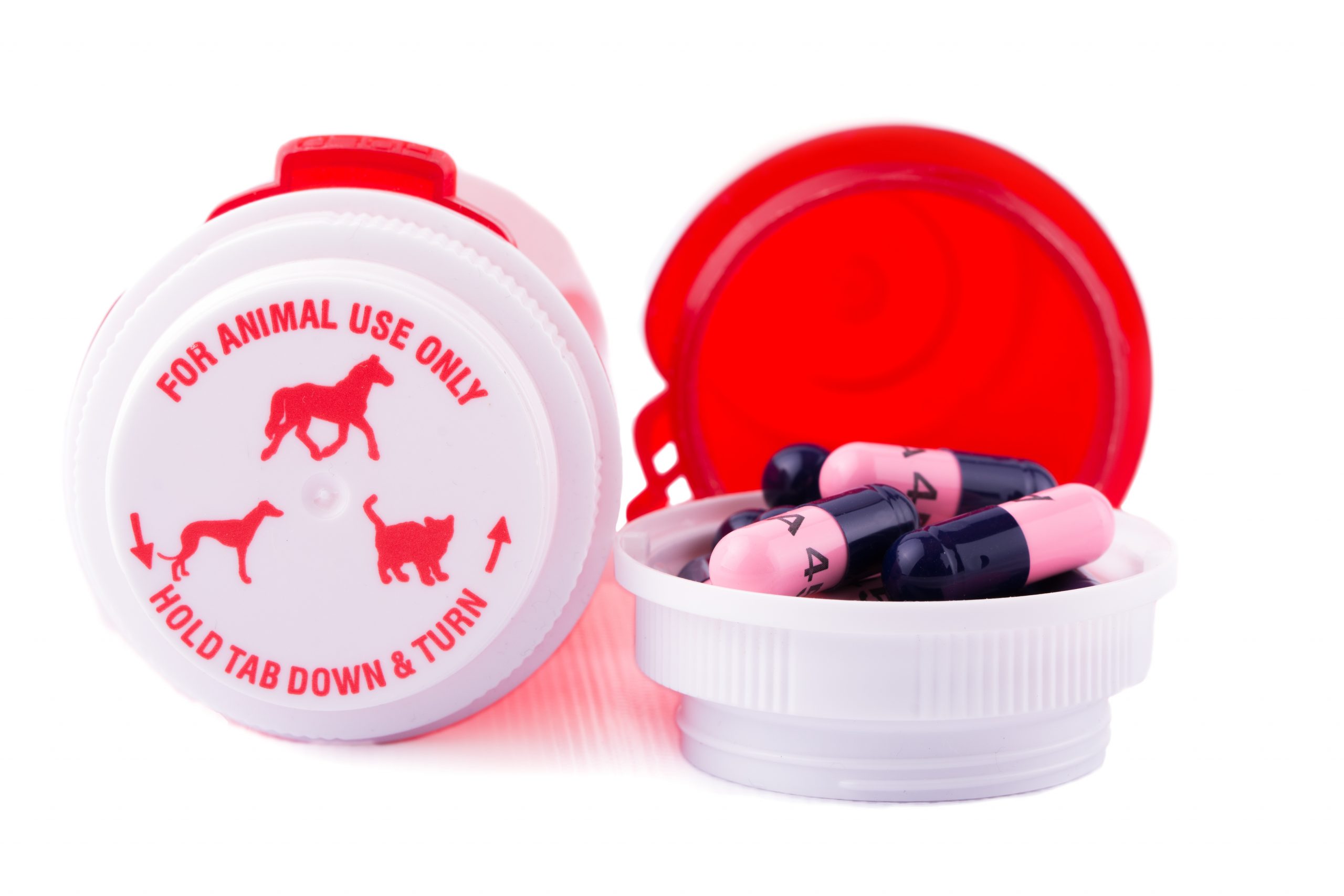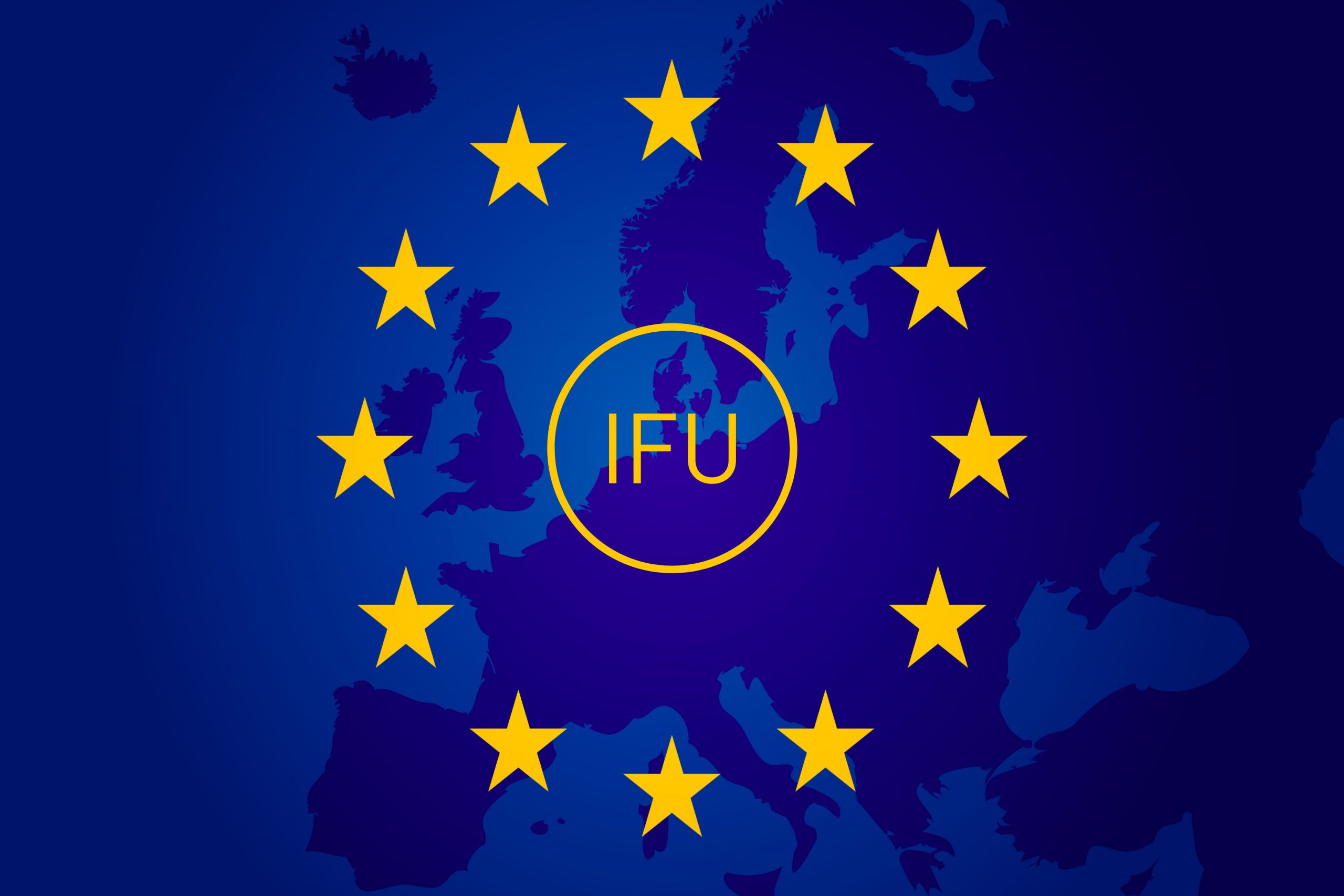On 17th January 2024, the European Commission released two tables summarising the language requirements for manufacturers of medical devices under the EU MDR and IVDR. These tables consolidate the national translation requirements for medical devices and in vitro diagnostic medical devices, respectively, across 31 European countries. In this article, we analyse the key aspects of this publication, its benefits and limitations, and provide insights for manufacturers aiming for compliance.
What are the EU MDR language requirements for medical devices sold in EU Member States?
Medical Device Regulation (EU) 2017/745 and In Vitro Diagnostics Medical Device Regulation (EU) 2017/746 mandate that the information accompanying medical devices placed on the European Union market must be provided in the EU language(s) accepted in the national market(s) where the medical device is made available to the user. This information encompasses the label, instructions for use (IFU), and the implant card as well as other information associated with the medical device, such as the EU declaration of conformity and the field safety notice.
The MDR and IVDR place the responsibility on each EU Member State to determine which official language(s) it will accept for medical devices placed on its own market.
Why were these translation requirements challenging for manufacturers to comply with?
Until now, manufacturers intending to place their products on the EU market had to individually navigate the translation requirements for each country, as there was no centralised official EU source. However, in doing so they faced several challenges:
- The information is very fragmented and mostly available in languages other than English.
- The information is constantly changing as EU Member States continue to update their national legislation and guidelines in line with the new EU framework.
- As EU Member States are not obliged to determine a specific language for their national market, several EU Member States have not defined any language rules in response to the MDR and IVDR.
- The MDR and IVDR have no separate language provisions for GUIs, and only a few EU Member States have defined official language rules specifically for a GUI.
- As EU Member States are encouraged to consider accepting English, many EU Member States have chosen to relax their national language rules for medical devices intended exclusively for professional users. These exemptions are often accompanied by additional conditions adding more nuance.
- Several EU Member States have more than one official language.
- A number of non-EU countries have harmonised their national medical device legislation with the EU MDR and IVDR, including their linguistic requirements.
For these reasons, the Medical Device Coordination Group (MDCG), composed of representatives of all EU Member States and chaired by a representative of the European Commission, at its meeting in October 2023 asked its members to provide the information on their national language requirements, resulting in the publication of the two tables on the Commission’s website last month.
What is included in the official language requirements tables published by the European Commission?
The European Commission released two tables:
Languages accepted in individual EU Member States for specific documentation
The tables outline the official languages accepted in individual EU Member States for the following types of information provided with the medical device:
- Label and instructions for use (IFU)
- Implant card
- Field safety notice (FSN)
- Declaration of conformity (DoC)
- Documents for conformity assessment
Languages for GUIs
Whether a graphical user interface (GUI), e.g. in software applications, requires translation, is a very common question raised by manufacturers. The MDR and IVDR have no separate language provisions for a GUI and only 16 countries have specified their official language rules for it. The interpretation by the medtech industry generally hinges on whether the GUI contains safety and performance information relevant to the user, as defined by Section 23 of Annex I. If it does, it is considered as ‘information supplied with the medical device’ and consequently the language requirements will apply to it. This status is typically established through a risk analysis. This is reflected in the tables, with majority of countries having the same requirements for the GUI as for the IFU, and many recommending a risk analysis to establish its status. In many cases, the GUI is exempted from translation, provided that a national language version of the IFU is also supplied with the device. Several countries, however, have very detailed requirements for the GUI.
Languages for lay vs professional users
In addition, distinctions are made for the languages determined by the Member States for the IFU and GUI for medical devices intended for lay vs professional use. This is a crucial piece of information for manufacturers of medical devices for healthcare professionals as often such devices are exempted from the national language translation requirements. This means that that the information provided with the device does not need to be translated into the local language and may be available in another language, typically English.
Languages for the SSCP
There is no separate column for the Summary of Safety and Clinical Performance (SSCP) of a medical device. Instead, under the table in each document, reference is made to MDCG-2019-9 Rev.1 Guidance Document that recommends that the SSCP should be written in a way that is clear to the intended user and, if relevant, to the patient, and translated into the languages accepted in the Member States where the device is envisaged to be sold. This is by analogy with the requirements applicable to the IFU.
EU Member States and other European countries
The Commission’s language requirements tables cover 31 European countries. These are:
- 27 EU Member States,
- three EFTA States with access to the European Economic Area (EEA, also known as the European single market), i.e. Iceland, Liechtenstein, Norway,
- Turkey, which has a Customs Union agreement with the EU.
It does not include:
- EU candidate countries of Albania, Bosnia and Herzegovina, Georgia, Moldova, Montenegro, North Macedonia, Serbia, and Ukraine. Although some of them, such as Montenegro and Serbia, have already harmonised their national medical device legislation with the EU MDR and IVDR in preparation for accession, they have no access to the European single market yet.
- Switzerland, which is considered a third country by the EU after the mutual recognition agreement (MRA) with the EU lapsed in 2021.
- Northern Ireland, which although part of the United Kingdom, still maintains access to the European single market for medical devices based on the Northern Ireland Protocol, part of the Brexit agreement.
What is not included in the language requirements tables?
The information provided in the tables has various limitations:
- Recent information is not available for countries marked with an astrix. These are: Austria, Bulgaria, Hungary, Italy, Lithuania, and Romania.
- The information is only advisory and based on the data available to the Commission following the MDCG’s consultation in October 2023. It is unclear whether it will be regularly updated as new national legislation and guidelines continue to develop.
- In most cases, hyperlinks point to sources available only in national languages, and even with automatic machine translation, it is difficult to understand the various nuances, such as conditions that need to be met to be exempt from the national language requirements. Some sources are PDF documents that cannot be readily machine-translated.
- Some countries lack data for specific types of information accompanying the device, such as the DoC or GUI. Even if not specified in national law or guidelines, these data could have been provided based on precedents developed from similar cases.
Key Takeaways:
- Centralised Resource for Language Requirements for Medical Devices Sold in the EU Market and Affiliated Countries:
The European Commission’s publication of the MDR and IVDR language requirements tables consolidates national translation requirements for medical devices across 31 European countries, providing a centralised point of reference for manufacturers. - Software Translation Requirements:
A welcome addition is the inclusion of the languages accepted for the graphical user interface (GUI), and especially with the distinction between the lay and professional user. - Completeness, Validity, and Accessibility of the Information:
While the tables offer valuable insights, they come with limitations, such as incomplete or outdated information for certain countries and reliance on non-English sources, posing challenges for manufacturers seeking clarity on language requirements, especially in more nuanced cases.


